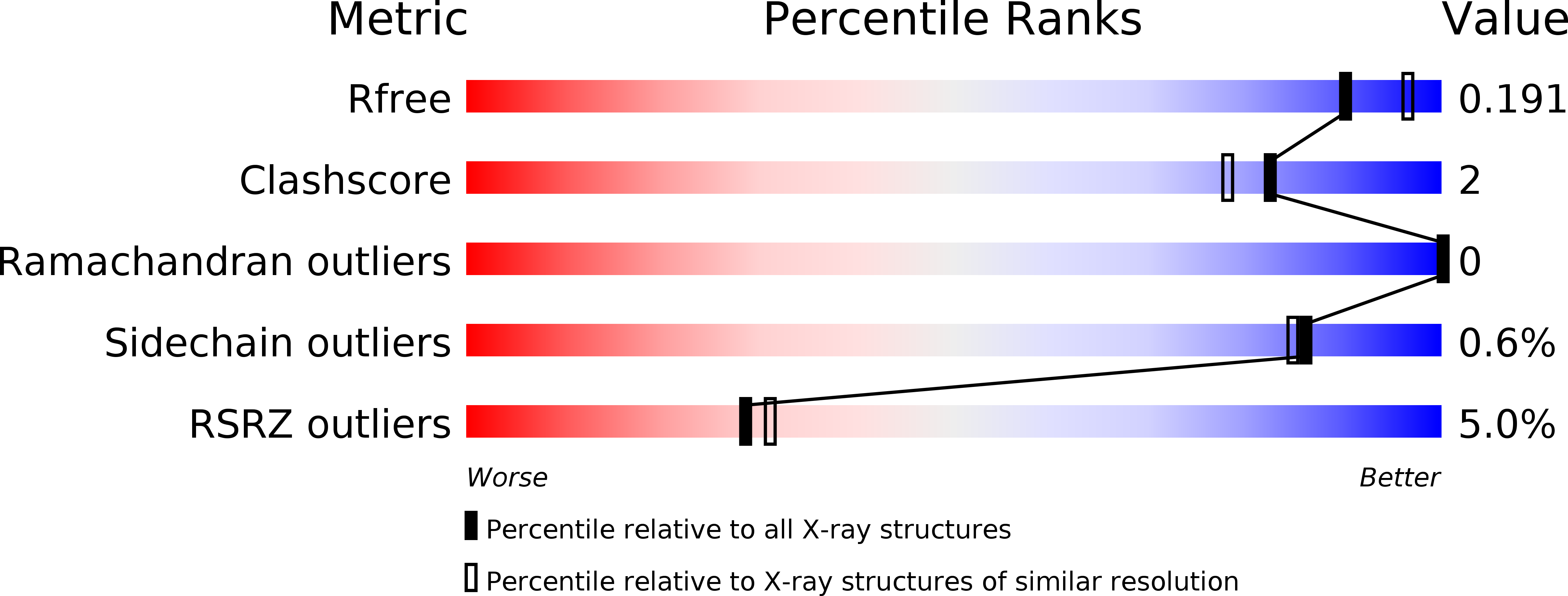
Deposition Date
2018-04-10
Release Date
2019-02-20
Last Version Date
2024-11-13
Method Details:
Experimental Method:
Resolution:
1.98 Å
R-Value Free:
0.19
R-Value Work:
0.16
R-Value Observed:
0.16
Space Group:
I 4


